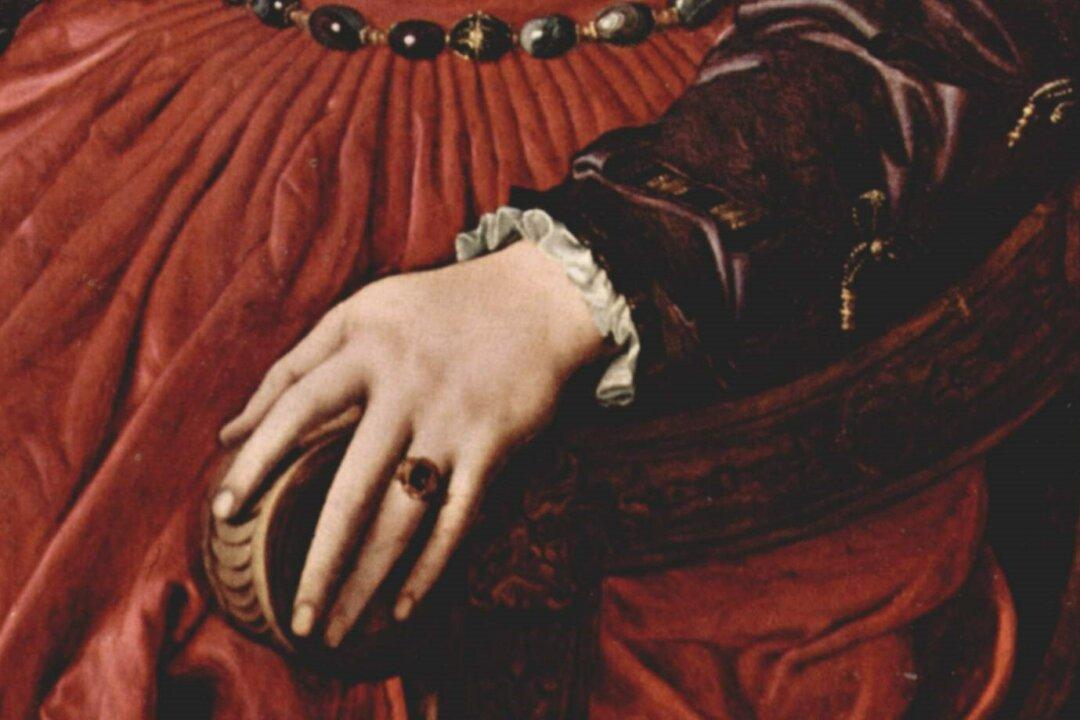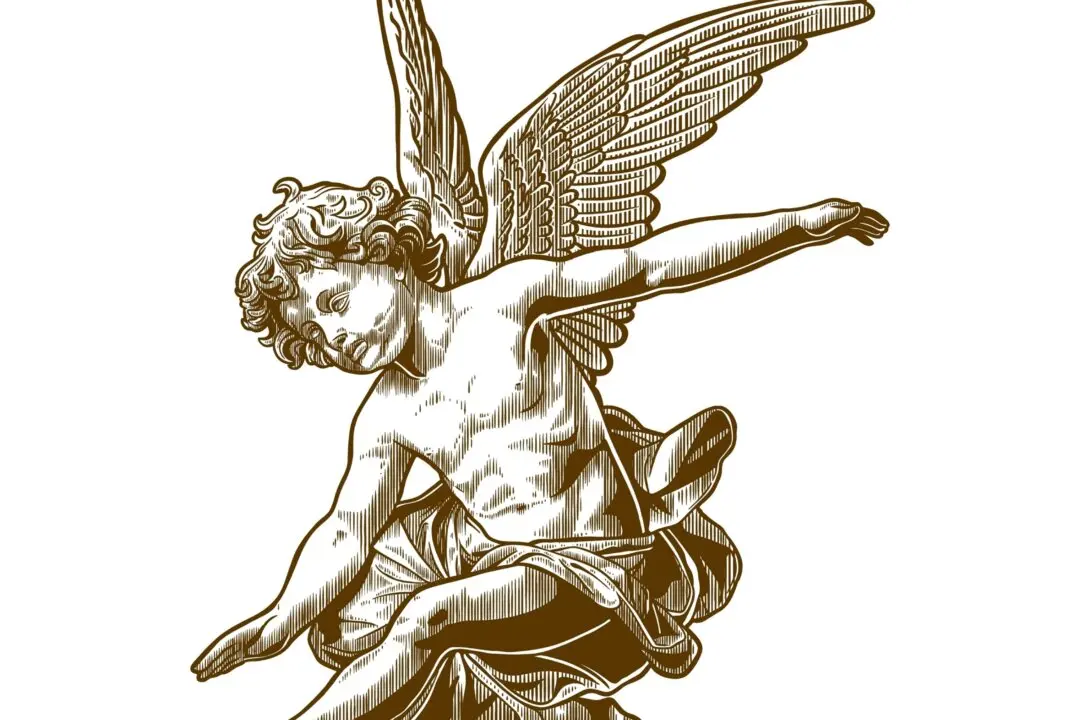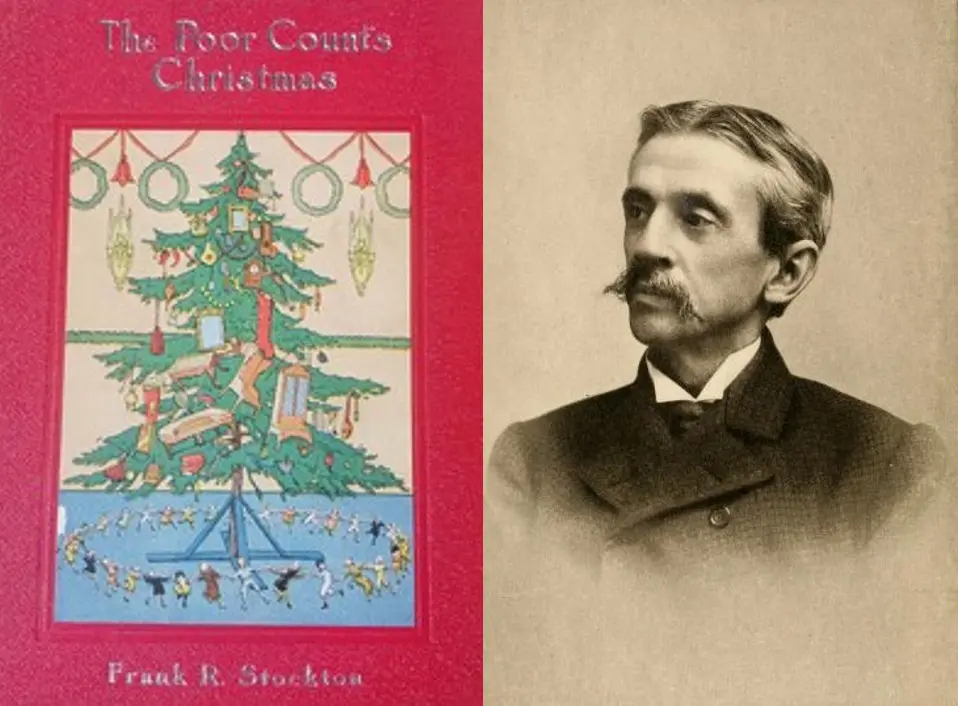What does a ring mean? Based on the giver, the receiver, and the ring’s character and composition, it carries a specific meaning and always has a story.
In Nathaniel Hawthorne’s “The Antique Ring,” when Mr. Edward Caryl gives his betrothed, Clara Pembertou, an antique diamond ring, she immediately asks about the ring’s history. The ring’s gem is so bright and set in so curious a fashion that it must have a unique story.






